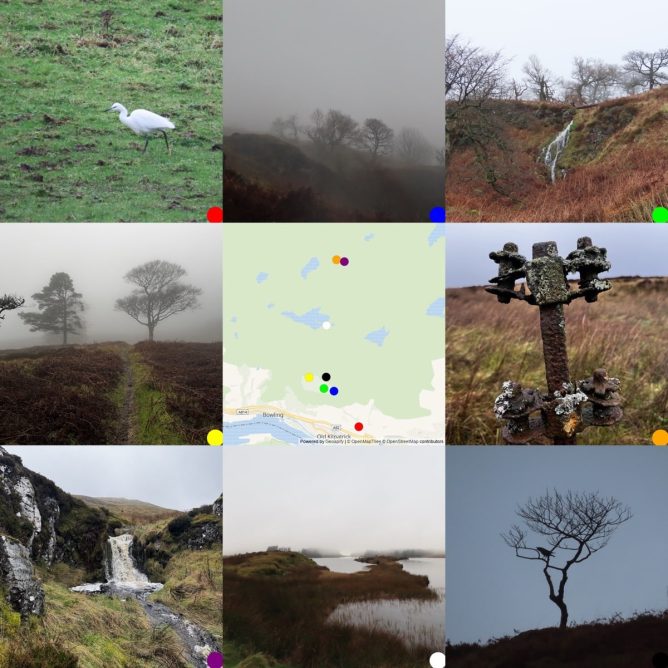
The 12 Days of Winter Wonder Photo Challenge begins today ✨ Day 1 prompt: frost❄️
Photo from a few years back. This winter has been as wet and mild as I can remember, hardly seen any frost at all.


The 12 Days of Winter Wonder Photo Challenge begins today ✨ Day 1 prompt: frost❄️
Photo from a few years back. This winter has been as wet and mild as I can remember, hardly seen any frost at all.

#SilentSunday
Read: Flashlight by Susan Choi ★★★★★ 📚
Louisa's parents were people for whom things went wrong. The car got lost in the lot, or the driving directions were bad, of the check to the gas company never arrived and the stove was turned off. They misplaced things, or forgot facts, or disagreed on the facts, with each other or with other people.
Louisa is walking with her father Serk on the beach at night. Next day she if found had ground and he has vanished. The book follows various family members across the generations. It took me a while to get started, then I could not put it down.
I saw a note from Sarah Honeychurch in an email thread about a problem with FeedWordPress, the plugin that makes the ScotEdublogs Aggregation work. This alerted Alan Levine who raised an issue and simplified the solution. Alan also had blogged about the problem, with his usual speed!
I’ve applied the fix and this post should test it out. Thanks Alan!

#SilentSunday
Read: The Memory of Animals by Claire Fuller ★★★★ 📚
The satellites will probably remain in the sky for years, circling the earth, taking their power from the sun, continuing to transmit their messages with nobody listening.
A pandemic. A teased out back story via memory & letters to a mystery character both strangely contrived kept me inthralled & thinking.

Collection Box presents Martha Ffion, Jill Lorean & Goodnight Louisa at The Doublet, Glasgow West End | What’s On Glasgow Music night in aid of Amma Birth Companions.
Doublet Bar Dec 17 from 7:30pm to 10:30pm GMT
(@marthaffion @jilllorean and @goodnightlouisa).
Organised by My daughter & partner, all proceeds to Amma Birth Companions. Tickets.
From my on this day page I found a 2010 post with a broken image had been on flickr, but no more. I found a copy on the internet archive. Replaced, added alt text & left the attribution in place.
From an unrelated search of my posts, a post from 2016, fixed two typos.
Happy moments.
Day 4 of my advent calendar of simple #H5P examples, in. Glow Blogs. A wee game for primary school pupils every day till Christmas.

A walk to Duncolm via Loch Humphrey & Fynloch hill in the mist & drizzle today. Very mild for the time of year. The burns are full and the paths are bogs. Some photos on a map:
walkmap